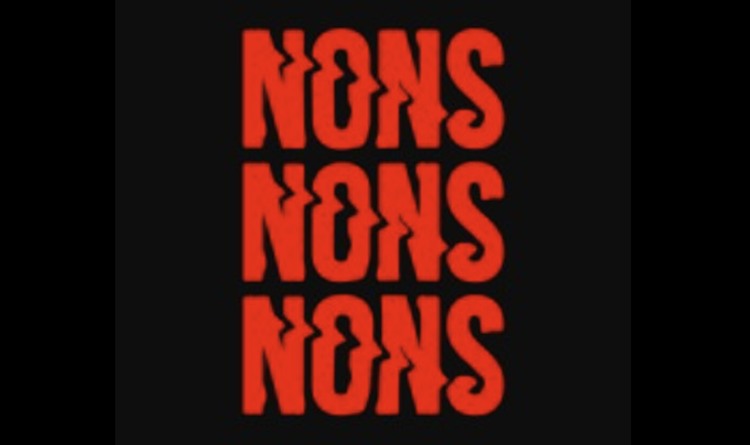Vivek Ramaswamy — and his Hindu background — is the hot new flavor in religion reporting this week, with pieces coming out in Rolling Stone and Religion News Service. The New York Times did a piece earlier in July.
Yet, the outlet asking the best questions on this relevant topic may be Globely, a website that tracks international news. We will get to that in a moment. Ramaswamy
For those of you who don’t yet know, Ramaswamy is running for president — the second Hindu to do so since Tulsi Gabbard ran in 2020. In terms of interviewing actual Hindus, RNS came out on top.
Their numbers in this country are about 1% of the populace — 3 million maybe — and they are overwhelmingly first-generation immigrants, educated and majority male. According to this Pew Research data, they aren’t particularly observant religiously and they tend to be well-off.
Let’s dig in.
First, a gripe: As someone who’s studied the false, independent Christian prophets who swore up and down that Donald Trump would be re-elected president in 2020, it’s beyond annoying when publications choose those folks to represent the beliefs of mainstream Christianity.
Not only did RNS do this in Monday’s story, but sadly, Rolling Stone does the same in their recent story.
Quoting Omaha, Neb., pastor Hank Kunneman — one of the prophets who got it wrong — and applying terms like “Christian nationalist” to anyone to the right of President Joe Biden is giving a big megaphone to this extreme wing of Christianity.
Rolling Stone proclaims:
VIVEK RAMASWAMY IS getting a hard look by Republicans willing to entertain alternatives to Donald Trump, especially as Ron DeSantis continues to flounder. The 37-year-old biotech entrepreneur has surged into third place in several national polls, ahead of prominent Republicans like Mike Pence, Nikki Haley, and Tim Scott.
Ramaswamy is also a practicing Hindu, and though he has been campaigning as an anti-abortion religious conservative, his non-Christian faith is a major stumbling block for many in the GOP’s evangelical base. He’s been on a charm offensive with these evangelical audiences, but the outreach appears to be backfiring, at least among the Christian nationalist set.










